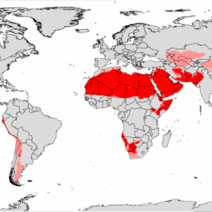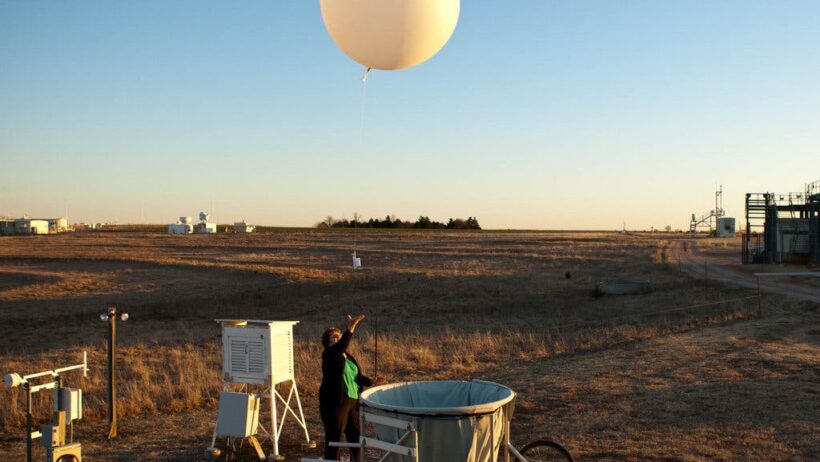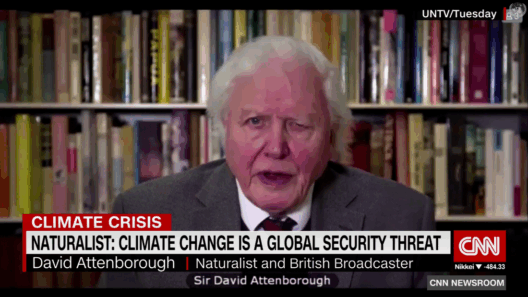The intricate dance between clouds and climate change represents one of the most elusive enigmas in our understanding of the Earth’s atmosphere. As global warming escalates, the behavior of clouds evolves, affecting both the climate system and the atmosphere’s energy balance. This interaction between atmospheric conditions and cloud formations underscores a deeper narrative about the Earth’s changing climate and invites a shift in perspective regarding how we perceive and understand climate change.
To comprehend how clouds respond to global warming, it is imperative to explore the multifaceted roles that clouds play within our atmosphere. Clouds are not merely water vapor suspended in the air; they are active participants in the planet’s energy dynamics. By reflecting sunlight back into space and trapping heat radiating from the Earth’s surface, clouds essentially serve as both insulators and reflectors. The energy exchange they facilitate is crucial for sustaining weather patterns and global temperatures.
As temperatures rise, the atmosphere’s capacity to hold moisture increases, a phenomenon governed by the Clausius-Clapeyron relation. This principle posits that for every degree Celsius of warming, the atmosphere can hold approximately 7% more water vapor. Consequently, this increase alters cloud formation processes, contributing to more prolific cloud cover in many regions. Such changes suggest the potential for increased precipitation in some areas, while simultaneously intensifying drought conditions in others. The dichotomy presents a puzzling challenge for climatologists and meteorologists alike, as the consequences of these shifts can yield both beneficial and detrimental impacts.
Another crucial aspect of cloud-climate interactions is the concept of feedback mechanisms. Warm clouds, which typically consist of larger water droplets, can absorb and emit longwave radiation more efficiently than cooler clouds. This difference can lead to a reduction in the Earth’s albedo, or reflectivity, exacerbating global warming. As warmer temperatures persist, lighter-colored clouds may diminish, allowing more solar energy to penetrate the atmosphere and further elevate surface temperatures, thus creating a self-perpetuating cycle of warming.
The relationship between cloud types and climate change is also characterized by a transformation in cloud altitude. As global temperatures soar, satellite observations have noted an upward shift in cloud heights, particularly for cirrus clouds—thin, wispy formations that reside high in the troposphere. This altitude change serves a significant purpose: higher cirrus clouds may act as an amplifier of warming. By trapping outgoing infrared radiation more effectively than their lower-lying counterparts, these clouds could contribute to a net warming effect, further complicating the trajectory of climate change.
On the other hand, the local cooling effects of certain cloud types should not be overlooked. Low-lying, thick stratocumulus clouds, present over vast ocean regions, play a vital role in reflecting sunlight while simultaneously promoting cooler surface temperatures. Should the frequency or coverage of these clouds diminish due to global warming, the long-term implications may include accelerated surface temperature rise globally.
In addition to such structural and positional changes, the Earth’s atmospheric chemistry is evolving too, influenced by increased greenhouse gas concentrations. The increase in aerosols—tiny particles suspended in the atmosphere—spurs the formation of clouds but can alter their microphysics substantially. Enhanced aerosol levels tend to create clouds with smaller droplets, which hinder precipitation and prolong cloud life. In this context, the role of cloud condensation nuclei becomes vital: as urbanization and industrial activities proliferate, the alteration of natural aerosol levels can inadvertently affect weather patterns, potentially causing prolonged droughts or exacerbating flooding conditions.
Moreover, the question of cloud feedback on a global scale deepens our understanding of climate models. Various climate models struggle to appropriately simulate cloud responses to warming, leading to uncertainties in projections of future climate scenarios. The discrepancies arise from the inherent complexity of cloud formations and their diverse microphysical properties, which challenge even the most sophisticated computational simulations. As these models attempt to estimate future warming, the uncertainty surrounding cloud dynamics remains a central theme that climate scientists are vigorously investigating. With improved observation techniques, scientists are keen to refine these models to better predict climate changes underscored by cloud behavior.
Simultaneously, ongoing research into the socio-economic implications of altered cloud behavior should not be disregarded. Changes in precipitation patterns due to clouds can deeply influence agriculture, freshwater availability, and disaster response strategies. Once regarded as unpredictable elements, clouds are now recognized as critical components that can define the viability of entire ecosystems and human settlements. Exploring the nexus of cloud dynamics and climate change ignites curiosity about innovative adaptation strategies that societies may need to implement to mitigate adverse impacts.
Understanding the enigmatic relationship between clouds and global warming is not merely an academic pursuit; it is a necessity for future environmental stewardship. As we confront the realities of climate change, acknowledging clouds’ pivotal roles can lead to more comprehensive approaches to tackle the challenges posed by climate change. It is essential to foster a dialogue that emphasizes not only the predictive capabilities of climate models but also the broader ecological and societal implications of cloud dynamics. Only through such multifaceted scrutiny can we hope to navigate this complex relationship and foster sustainability amid our changing climate.
In summary, the interplay between clouds and climate change reveals essential insights that prompt a reevaluation of our understanding of the atmosphere’s delicate balance. Through continued observation, research, and discourse, we can deepen our appreciation for these enigmatic formations that play a critical role in determining our planet’s future.







